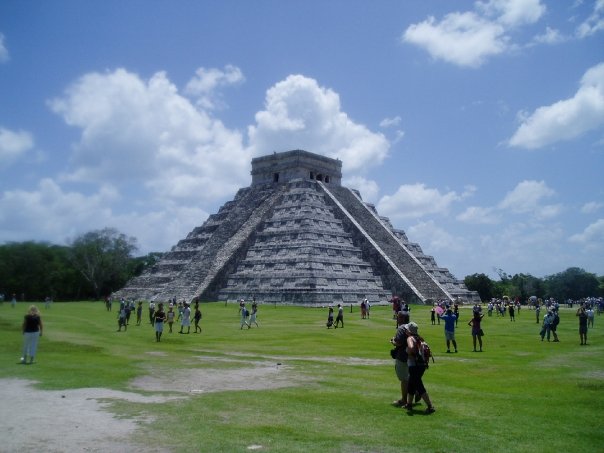Religion is a major influence in almost every society. Whether it is a particular religion, conflict among various religions or sects, the peaceful amalgamation of many beliefs, or the any combination of the three, creators should consider exactly how this subculture functions within the society as a whole.
One thing I’ve noticed in fantasy over the years has been the absolute dearth of religious diversity in the genre. For the most part, people use the tried and true polytheistic system found in the mythologies of Greece, Rome, and Egypt with different names. There’s a god of death, a goddess of birth, and the other normal gods that make up a pantheon. There’s probably even a king and queen. There’s nothing wrong with doing this, of course, but one interesting facet that most people seem to miss is the adventures of the gods themselves that make such settings interesting. After all, we wouldn’t be so interested in these mythologies if the stories themselves weren’t fun in an of themselves. Free yourself from the convention of the gods being strange mystical forces and make them characters in and of themselves. After all, the Iliad and the Odyssey were among the first fantasy stories we have written down.
The largest religions in our world are monotheistic. There is no reason why you can’t have a similar faith in your setting. As with everything else, you should put your stamp on the creation. Perhaps there are no prophets, per se. Again, on your world, maybe God interacts directly with worshipers or the clergy, so there is no need for such people. Every week the priests could get up in front of their congregations and all speak the same words at the same time, directly conveying the words of the holy. There are a myriad ways for people to worship the one true god.
Once you’ve identified what the primary religions are, the next step is to determine the hierarchy for each faith, from parishioners all the way to the head of the church. Then, if there are more than one sect for a religion, the relative status of members of particular sects should be determined. For example, a parish priest of the main religion may have a higher status than the leader of a small abbey who may have the rank of high priest. If you have more than one religion (and I suggest that you probably should for the sake of extra conflict in your setting), you will then determine the relative status of those in each religion. You may have an official religion of a country that is actually smaller than another sect or religion (this has happened historically). How does that apply in your subcultural Hierarchy of Social Estates?
Don’t forget fringe groups, such as cults, heresies, and adherents to new or ancient beliefs or beliefs from other areas. These groups can grow in membership and status over time. Having these changes will make your setting feel more realistic as it mirrors the experiences your audience have from the real world.
Thanks for reading. Let me know what you think in the comments. See you next week!

